Aquariums can be a serene and peaceful escape, but for some fish enthusiasts, the allure lies in the captivating world of aggressive fishes. In this blog post, we will explore the top 10 aquarium fishes known for their aggressive behavior.
These fascinating and often visually stunning species exhibit territoriality, dominance, and aggression, making them suitable for experienced fishkeepers seeking a more dynamic and challenging aquarium environment.
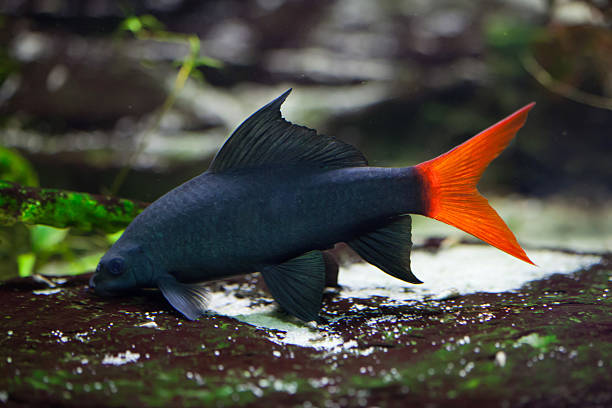
1. Red-Tailed Black Shark (Epalzeorhynchos bicolor):
Origin: Thailand
Family: Cyprinidae
This striking fish with a jet-black body and a vibrant red tail is known for its territorial behavior. It requires ample hiding spots and a spacious aquarium to establish its territory successfully.
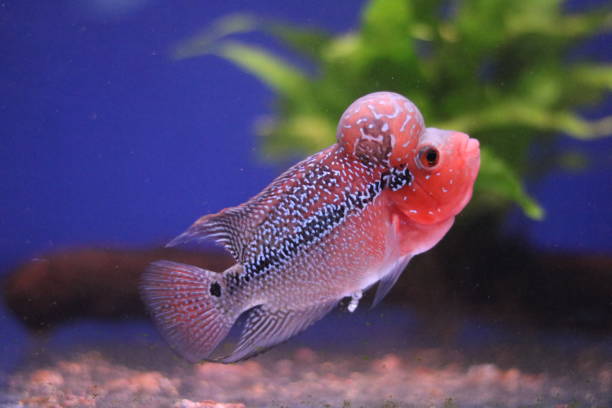
2. Flowerhorn Cichlid (Hybrid):
Origin: Developed in Southeast Asia
Family: Cichlidae
A product of hybridization, the Flowerhorn Cichlid is prized for its vibrant colors, nuchal hump, and aggressive nature. It requires a large tank and careful monitoring of tankmates due to its dominant behavior.
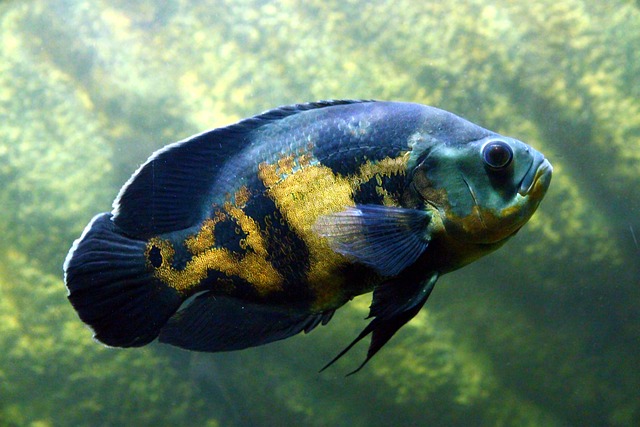
3. Oscar Fish (Astronotus ocellatus):
Origin: Amazon River Basin (South America)
Family: Cichlidae
With its large size and assertive personality, the Oscar Fish is a popular choice for aggressive aquariums. It requires a spacious tank and can be territorial, especially during breeding.
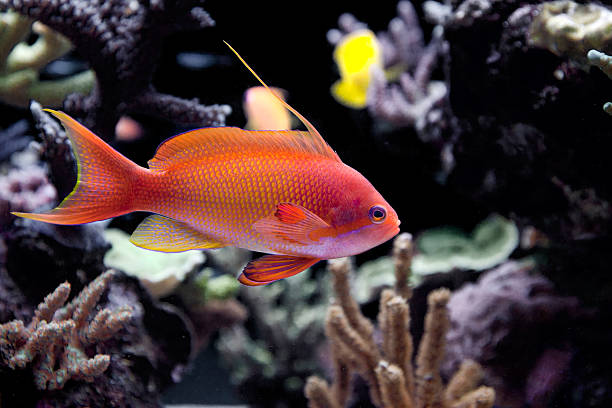
4. Red Devil Cichlid (Amphilophus labiatus):
Origin: Central America (Nicaragua, Costa Rica)
Family: Cichlidae
This visually stunning fish is known for its bright red coloration and aggressive behavior. It requires a large tank with ample hiding spots and should be kept with equally robust tankmates.
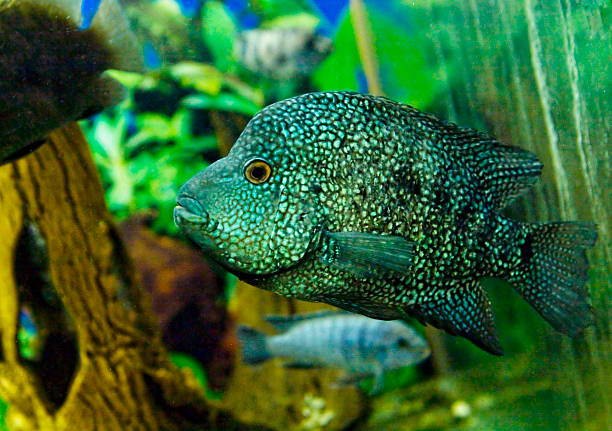
5. Green Terror (Andinoacara rivulatus):
Origin: South America (Ecuador, Peru)
Family: Cichlidae
The Green Terror is named for its vibrant green coloration and aggressive temperament. It requires a spacious tank with plenty of hiding spots and should be kept with other robust fish.
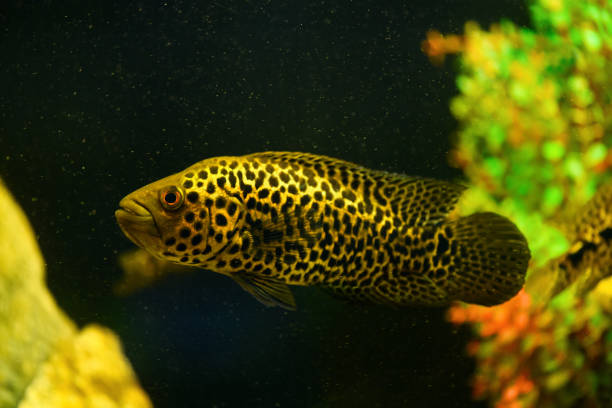
6. Jaguar Cichlid (Parachromis managuensis):
Origin: Central America (Nicaragua, Honduras)
Family: Cichlidae
As its name suggests, the Jaguar Cichlid showcases a stunning pattern reminiscent of its namesake. It is highly territorial and requires a large tank with plenty of hiding spots and strong filtration.
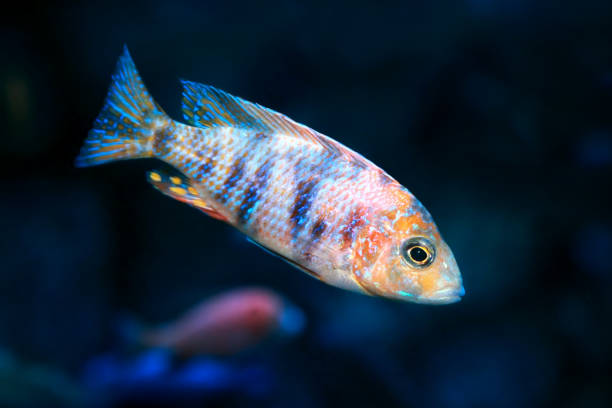
7. African Peacock Cichlid (Aulonocara sp.):
Origin: Lake Malawi (Eastern Africa)
Family: Cichlidae
While most cichlids from Lake Malawi are relatively peaceful, African Peacock Cichlids can display aggressive behavior, especially males defending their territories. They require a spacious tank with plenty of rockwork.

8. Tiger Barb (Puntigrus tetrazona):
Origin: Southeast Asia (Borneo, Sumatra)
Family: Cyprinidae
Despite their small size, Tiger Barbs are notorious fin-nippers and can display aggressive behavior when kept in small groups or overcrowded tanks. They are best kept in a larger school to disperse aggression.

9. Jack Dempsey (Rocio octofasciata):
Origin: Central America (Mexico, Honduras)
Family: Cichlidae
The Jack Dempsey is named after the famous boxer due to its aggressive and territorial nature. It requires a large tank with ample hiding spots and should be kept with similarly robust tankmates.

10. Wolf Cichlid (Parachromis dovii):
Origin: Central America (Costa Rica, Nicaragua)
Family: Cichlidae
Considered one of the most aggressive cichlids, the Wolf Cichlid is known for its large size, powerful jaws, and territorial behavior. It requires a spacious tank with ample hiding spots and robust tankmates.
While aggression can add excitement and intrigue to an aquarium, it is crucial to understand the specific care requirements and behavior of aggressive fish species. It is recommended to provide ample space, hiding spots, and suitable tankmates to ensure a harmonious environment.
If you are an experienced fishkeeper seeking a more challenging and dynamic aquarium, the top 10 aggressive fishes mentioned in this blog post can provide an exhilarating and visually captivating experience. However, always exercise caution and research each species thoroughly before adding them to your aquarium.
I hope you enjoyed this post and learned a thing or two about your favorite aquarium fishes, please like and share our post, also tell us in the comment section what you noticed that is common about each of the fishes.
